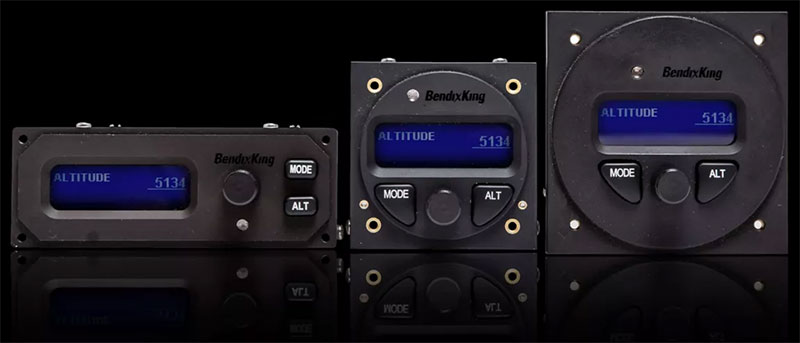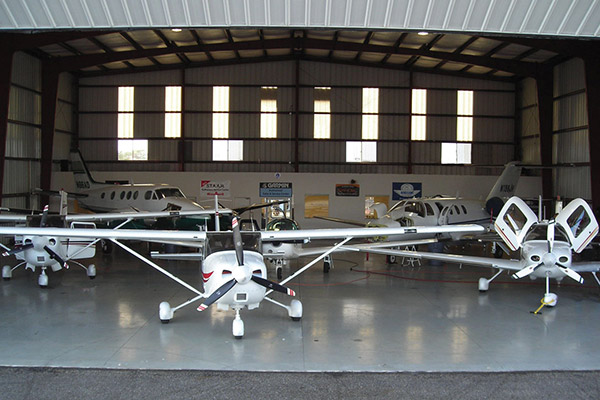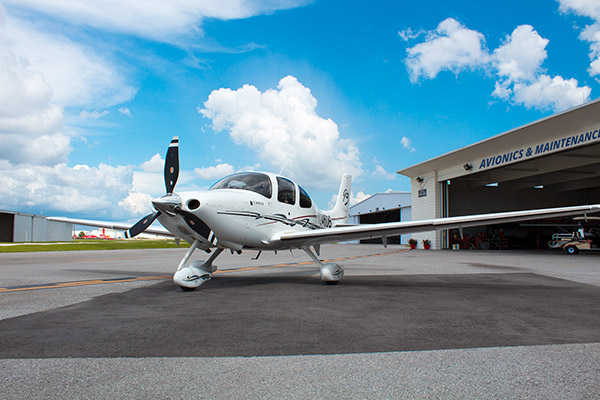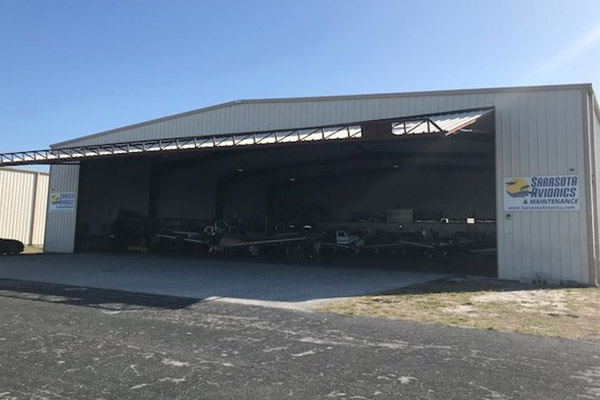One of Sarasota Avionics’ strongest attributes is our experience with autopilots. This stems from a robust knowledge base and a team with decades of hands-on knowledge.
The most common discussion we have with customers is when to replace an older, legacy autopilot and install a new, digitally-based system. This conversation usually starts with a customer saying their autopilot works most of the time. Let’s be straightforward, this is a huge red flag: do you want to be in IMC with an autopilot that may or may not be reliable? If your answer is anything but a resounding NO, please continue to read!
There is a tipping point in which a customer throws good money after bad in troubleshooting their legacy autopilot. Parts availability combined with the time-consuming amount of labor required to find the fault and then fix it often result in expensive repair bills and disappointing amounts of downtime. Many of these autopilots are in excess of thirty years of age, and when you parse this into our modern scenario, it just doesn't add up. Oftentimes, the repair bills can amount to a third of the expense of going new.

Options
What heading system do you currently have, or is there one you’ve been considering? Autopilot interface is everything in an avionics suite. In short, we want everything to “talk”. The autopilot is the heart of your avionics system, relying on inputs from a variety of sources such as your GPS, attitude and heading instruments. This is also a piece of equipment designed to reduce pilot workload and enhance safety, so having a smooth, integrated system is logical.
As of the first part of 2024, Genesys (formerly S-TEC) discontinued support on autopilots older than the 55x. Legacy Bendix King and Century have long been unsupported as well, so this leaves a group of airplane owners with the legacy systems in a void.
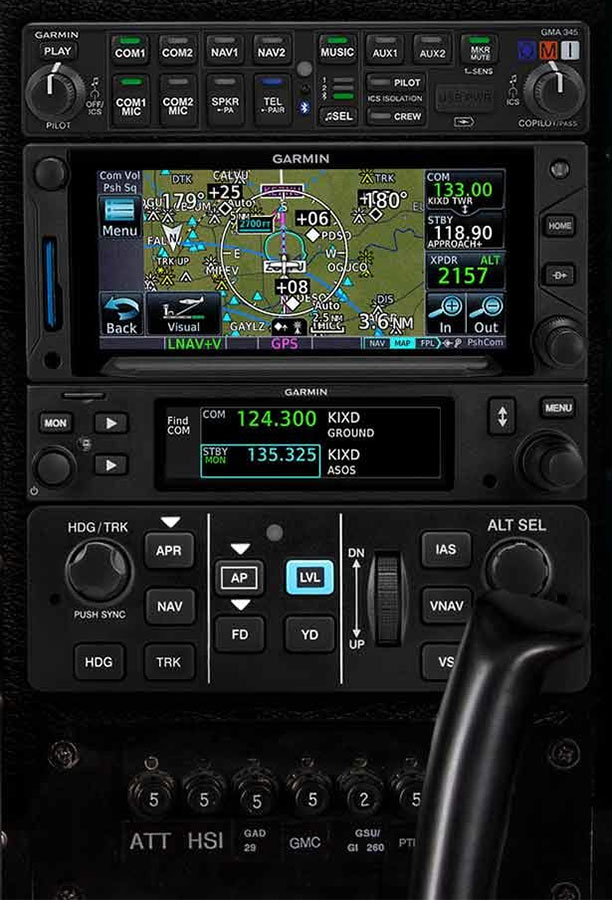
Considerations
There are circumstances in which one may be better suited to your airframe and with your other avionics. Here are some basic criteria when considering a new autopilot:
-
Is the autopilot STC’d for your aircraft make and model?
A supplemental type certificate (STC) is a type certificate (TC) issued when an applicant has received FAA approval to modify an aeronautical product from its original design. In our due diligence, it’s essential for us to have this to legally perform the install. -
What other avionics do you have, or are you considering?
Since the Garmin GFC500/600 require a Garmin G5, GI-275’s, or the G3X/ TXi PFD system, we install some combination of these with the new autopilot. -
What features are a priority for you with a new autopilot?
Again, this will depend on which product and what other avionics in which the airplane is equipped. -
Cost and downtime.
A new autopilot is expensive, but it is also an investment. Autopilots are a safety-enhancing device, and in addition, add value to your airplane for future resale.
The most popular, modern brand options:
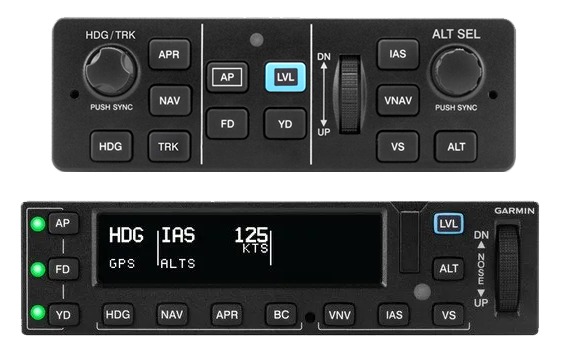
GFC 500 & GFC 600
Garmin's GFC 500 and GFC 600 Digital Autopilots: GFC products incorporate safety-enhancing technologies, including Garmin ESP, underspeed and overspeed protection, automatic LVL mode, vertical navigation (VNAV) mode, flight director (FD) command cues and more. The key difference between the GFC500 and GFC600 is aircraft size/weight and when the product line was STC'd.
S-TEC 3100
Genesys’ S-TEC 3100 Digital Autopilot: Automatic trim, envelope protection/alerting, straight and level recovery, precision/missed approaches, indicated airspeed hold, altitude preselect, GPS enroute VNAV.
DFC90
Avidyne DFC90 Autopilot: Attitude-based for digital precision and certified for Cirrus
SR20/22, Beech Bonanza, Cessna 182 Series, and Piper PA46 Matrix & Mirage. Features enhanced Flight Director, altitude hold,
airspeed hold, vertical speed hold, heading, and navigation (NAV, APPR, LOC/GS, GPSS). A "Straight and Level" button recovers the
aircraft from unusual attitudes and overrides all autopilot modes and levels the aircraft in both pitch and roll.
The DFC90
can be used in certain instances to upgrade an STEC 55X -- contact us for more information.
AeroCruze 100
The BendixKing AeroCruze 100 is a cost-effective solution for some Piper and Cessna owners, as well as the Mooney M20B-K.
AeroCruze 230
BendixKing engineers designed AeroCruze 230 especially for current owners of BendixKing’s legacy KFC 150/200 autopilots on aircraft such as Cessna, Piper, Mooney and other makes/models. This includes a new control head but reuses existing servos that include a one-year warranty. An emergency autopilot level button helps to bring the aircraft to a wings-level position.
Downtime
One of the most frustrating parts is waiting for your airplane to be completed, and many owners are unaware of the scope of work required by an autopilot replacement.
We begin by removing the interior and opening the sections of the wing and fuselage to access the existing autopilot and flight control surfaces. When we’re replacing an old system, hardware, components and wiring will be removed and replaced. Then we will install the new servos and hardware and run the new wiring. The new system is then interfaced with the other avionics. Then, there is testing, a critical step to ensure the autopilot will track and fly properly. A test flight is needed to check the parameters of the performance, and, if necessary, adjustments will be made. Lastly, we would like to fly the airplane with you at delivery to answer any questions you may have with the new equipment. On average, for a single engine piston aircraft, it takes six weeks for the autopilot itself. Other equipment will add time to the project, but your avionics consultant or avionics manager will be able to provide you with an estimated timeline based on the scope of work.
Want to learn more?
Our avionics consultants can walk you through the many options and determine what product(s) will work best for your airplane. Have a panel photo ready and contact our team to discuss the best solution to fit your budget.
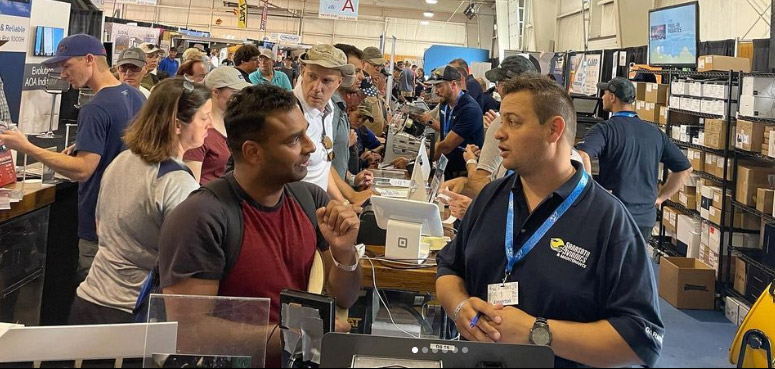
About Our Company
Our staff consists of people who got into this business because they love aviation. We are always here to answer any questions you may have about all of the current avionics options, and to help you find the right solution for your aircraft.
Besides offering the best prices and customer service in the industry, Sarasota Avionics & Maintenance sets itself apart from the competition by offering multiple locations throughout Florida. Providing both avionics and maintenance services all under one roof makes scheduling easier with far less downtime.




